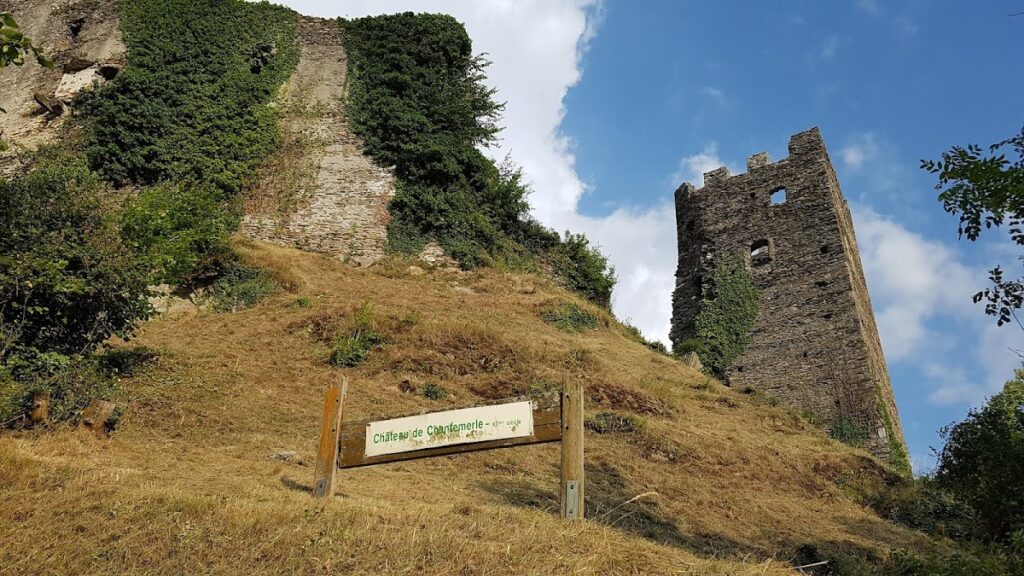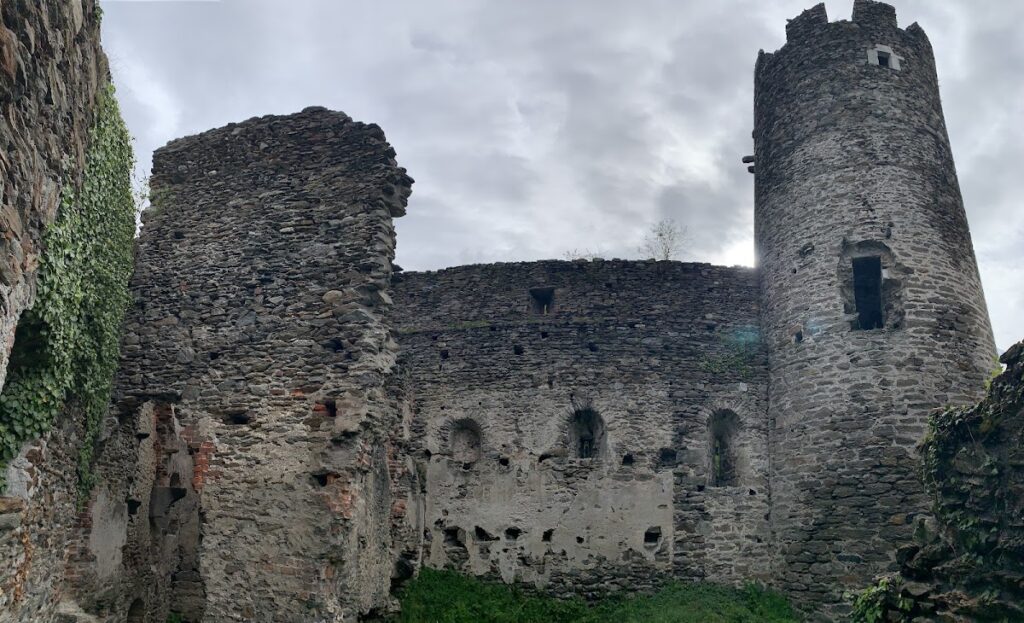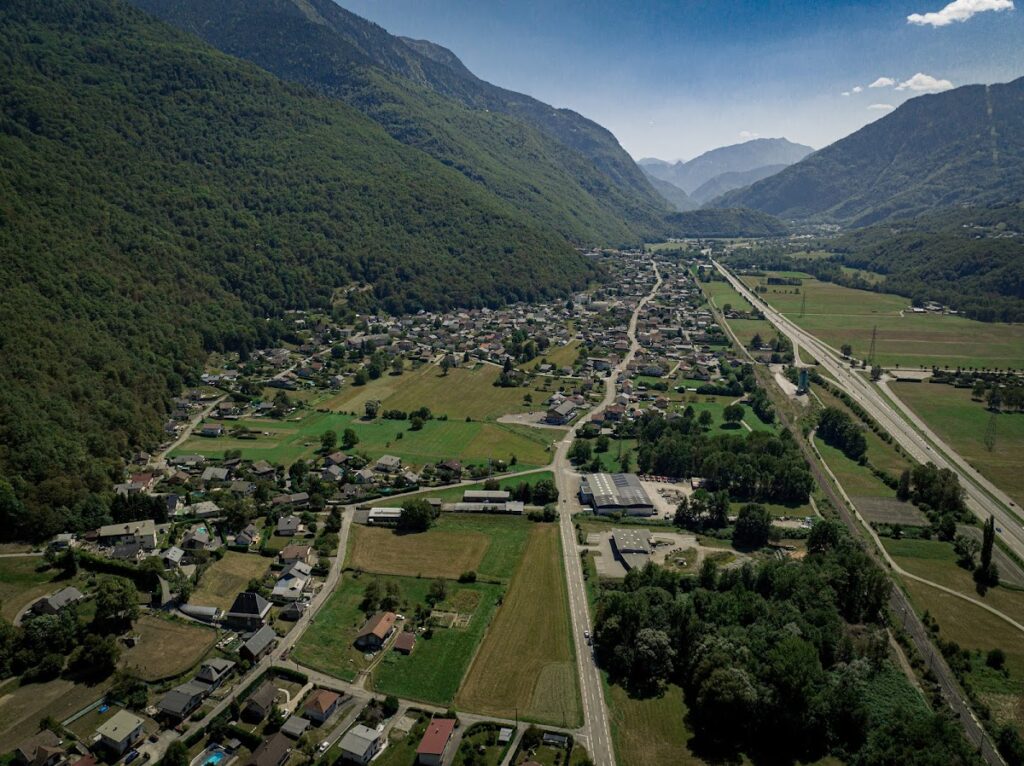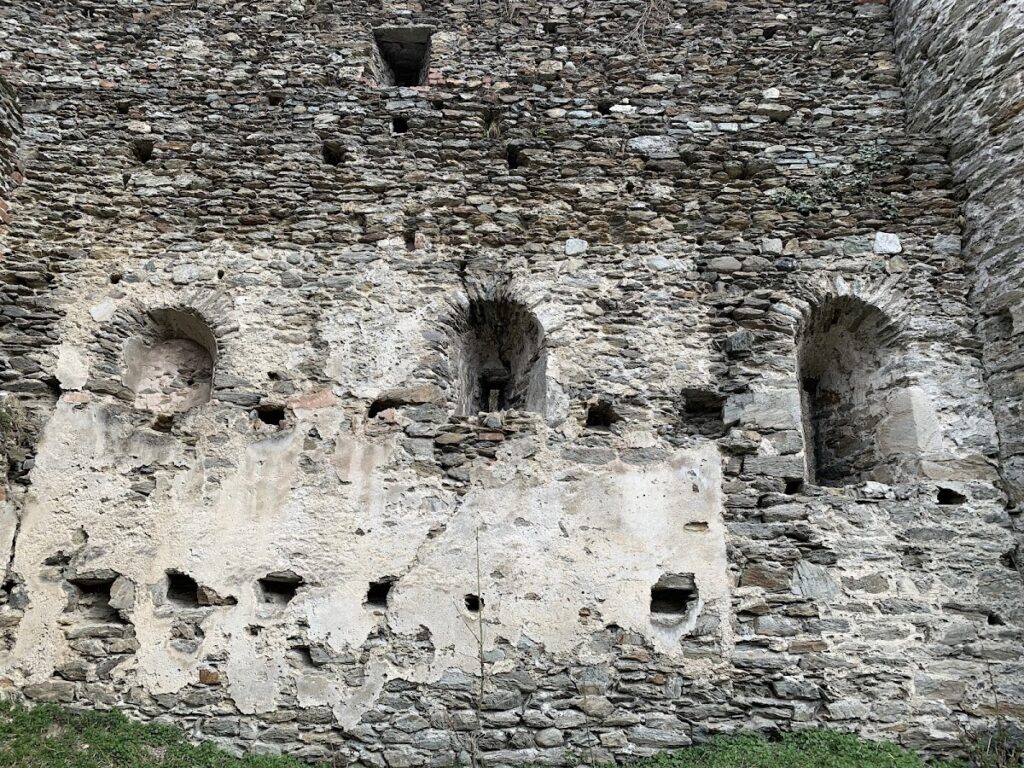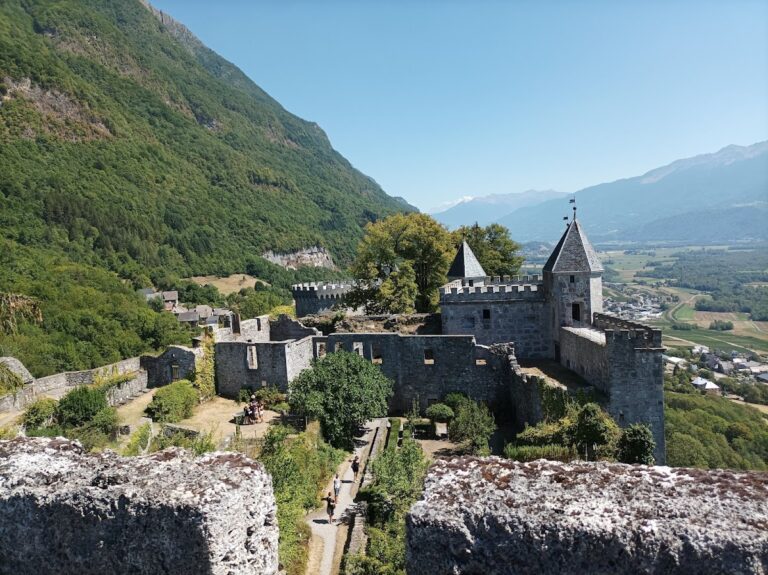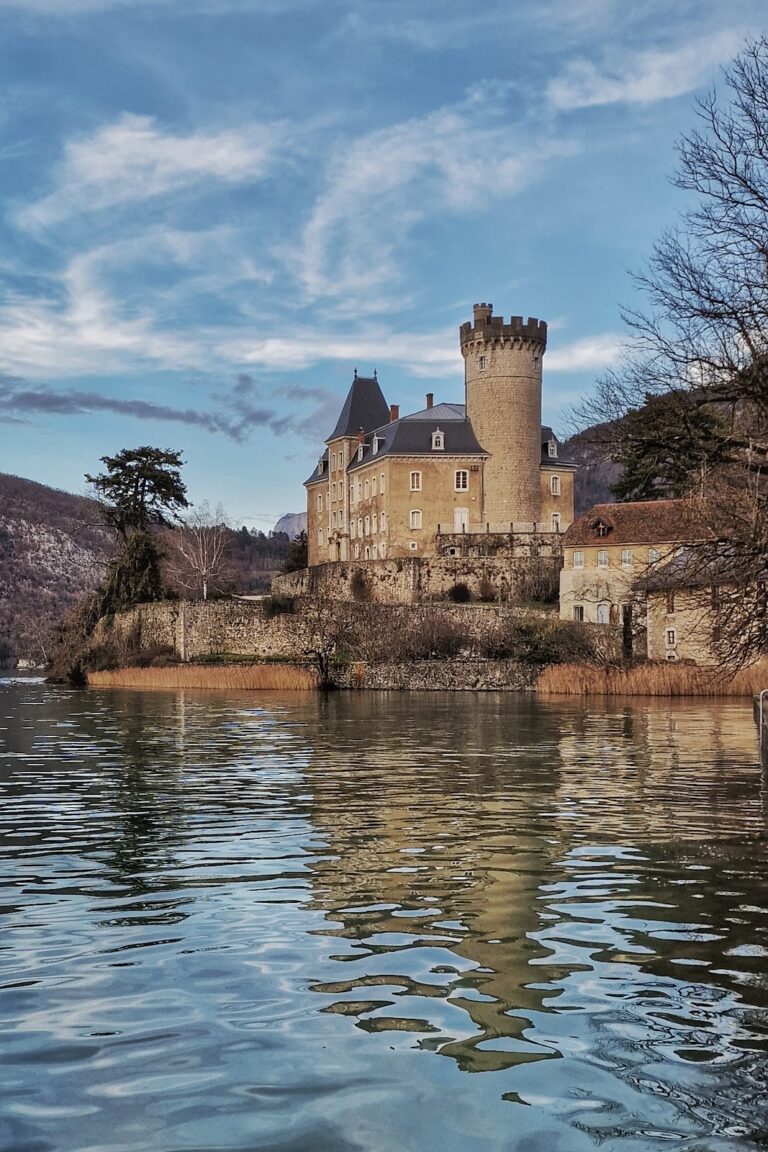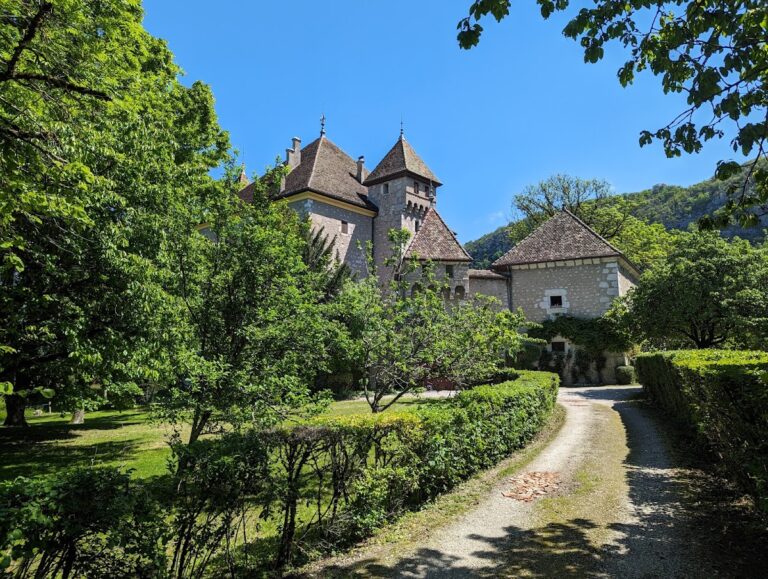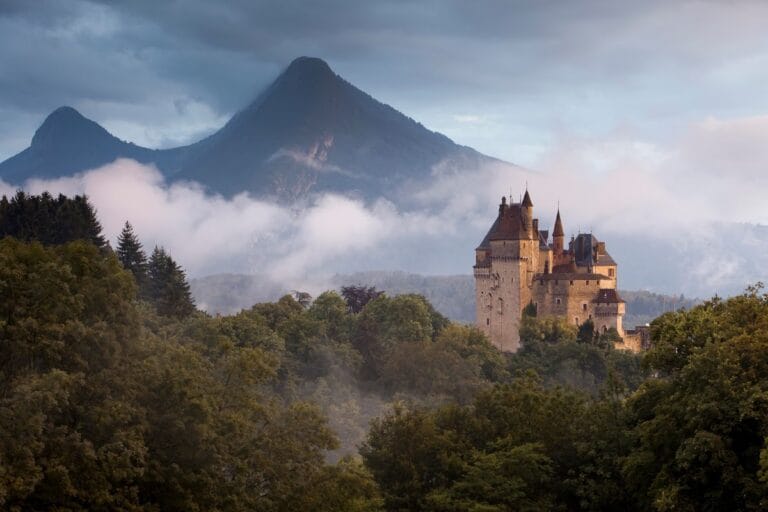Château de Chantemerle: A Medieval Fortress in Tours-en-Savoie, France
Visitor Information
Google Rating: 4.5
Popularity: Low
Google Maps: View on Google Maps
Official Website: fr.wikipedia.org
Country: France
Civilization: Unclassified
Remains: Military
History
The Château de Chantemerle is a medieval fortress situated in the municipality of Tours-en-Savoie, France. It was constructed by the archbishops-comtes of Tarentaise, a powerful ecclesiastical authority of the region, during the late 12th to early 13th century.
In its earliest documented phase, the castle’s lands were part of the archbishop’s domain confirmed by Emperor Frederick Barbarossa in 1186 through a Golden Bull, which affirmed certain rights of the archbishop in the area. By 1196, references to the castle appear explicitly in historical records, situating Château de Chantemerle as an important seat in the archiepiscopal châtellenie, or administrative district, centered around the archbishops’ power.
The mid-13th century saw heightened political tensions between the archbishops of Tarentaise and the counts of Savoy. After the loss of the fortress of Conflans to the counts, Archbishop Rodolphe Grossi initiated construction of Château de Chantemerle as a defensive stronghold to reinforce ecclesiastical authority and secure control over vital territory, including incorporating the nearby domain of Cléry into the archbishop’s holdings.
During the 14th century, the castle underwent significant modifications reflecting the evolving nature of warfare, particularly the introduction of firearms. Repairs and adaptations included remodeling entrances, transforming arrow slits into larger windows, and removing machicolations—openings used to drop objects on attackers—with new areas built using brick, contrasting with the earlier stone construction. These changes indicate an effort to modernize defenses and maintain the castle’s strategic relevance.
Throughout the 15th century, the Château de Chantemerle remained under church authority. It was held as a fief by notable ecclesiastical figures such as Jean V de Bertrand in 1423 and Cardinal Jean d’Arces in 1454. The castle not only served as a summer residence but also functioned as an administrative hub for the archbishops during their oversight of the Tarentaise region.
Following the upheavals of the French Revolution, the castle was declared national property, reflecting the secularization and redistribution of church lands. In the late 20th century, the Savoie department took ownership in 1988 and carried out consolidation efforts. For the 1992 Winter Olympics, lighting was added to highlight the site, although this installation was later damaged by vandalism.
Remains
The castle occupies a rocky ridge overlooking the Isère valley, forming an irregular polygonal enclosure that commands views of the surrounding landscape. Its construction primarily employs stone rubble bound by mortar, with sections later reinforced and altered using brick during the 14th-century firearm adaptations.
Dominating the site is a cylindrical keep, or donjon, rising approximately 22 meters with walls nearly three meters thick at its base. Built with small, irregular stone blocks (known as moellons), the tower contains five wooden-floored levels. The uppermost floor receives natural light through windows, while the lower floors have narrow arrow slits set within recessed niches. At its summit, a vaulted platform is surrounded by a crenellated parapet, a typical feature for defense. Access to this keep was purposefully elevated, with the entrance positioned about nine meters above ground level on the first floor facing the courtyard. This doorway was secured externally by a wooden shutter that slid along pivots supported by corbels, emphasizing defensive concerns.
Attached at an angle to the cylindrical keep stands a square tower measuring about 8.5 meters per side and rising slightly taller than the keep. The walls here measure around one and a half meters thick, and the base is heavily battered—a sloping reinforcement to strengthen the structure against attack. Like the keep, this tower is divided into five levels, each featuring rectangular windows. The tower was habitable, serving residential or administrative functions within the castle complex.
Around the interior courtyard, various buildings adjoin the ramparts. These include lodgings for the châtelain—the keeper or governor of the castle—and his retinue, as well as administrative spaces such as a pretorium and a registry office. A notable structure among these is a residential tower likely used by the archbishops during their stays. This building rises four stories above a vaulted cellar and retains fragments of interior stonework, including sculpted capitals and hexagonal consoles that supported a fireplace mantel, hinting at a degree of comfort and status within the otherwise defensive environment.
The 14th-century adaptations for firearms are visible in areas where original masonry was replaced or supplemented by brick, marking a clear distinction between earlier construction and later modifications focused on adapting the fortress to new military technologies.
Today, the Château de Chantemerle exists in a ruined state yet retains many significant elements from its medieval past. The keep, square tower, surrounding curtain walls, and some interior architectural details remain in situ, offering insights into the castle’s design and historical functions as a fortified ecclesiastical residence and administrative center.

